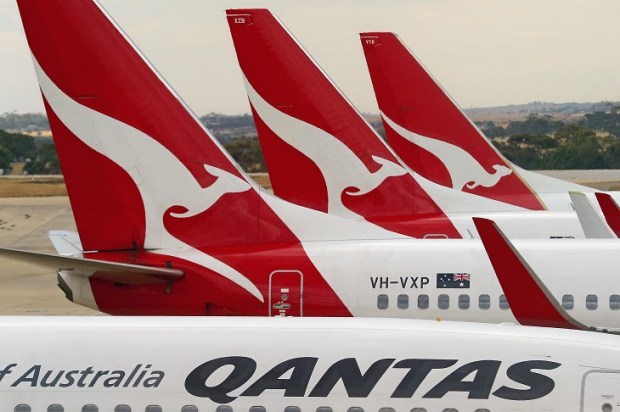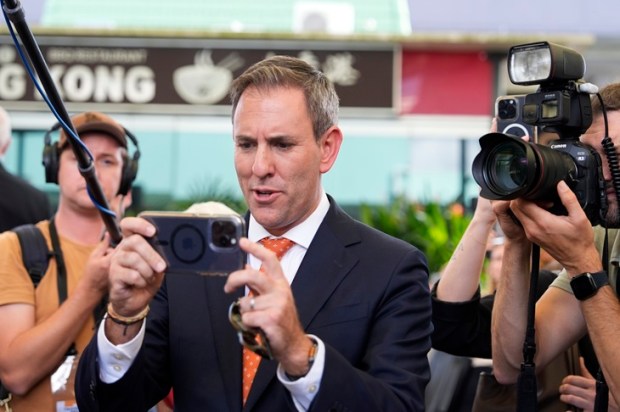It appears that wind turbines are the best thing since people started tilting at windmills.
Have you ever wondered how wind turbines are manufactured?
If we start with the tower itself…
This is the structure that holds everything up.
It is typically made out of rolled steel. At the moment the cheapest supply is from China and we have all heard anecdotes about the ‘quality’ of Chinese products.
The steel is made in two ways. Firstly, by the integrated method which is where the metal, known as cast iron, is made from iron ore in blast furnaces.
Blast furnaces use massive amounts of coke in the process which in turn is made in large ovens by roasting coal, all the time churning out vast amounts of carbon dioxide.
The coke supplies the carbon element in the cast iron product.
The liquid iron is transferred to a converter which is a vessel into which oxygen is forced to react with carbon to form carbon dioxide thus reducing the carbon level in the metal and thereby creating steel.
The other steelmaking system that is used is the electric arc method which is a steel scrap-based method.
The electric arc method produces molten steel in enormous furnaces by the use of electrical energy in vast amounts combined with oxygen gas and a great deal of cooling water.
It has been said that it requires approximately 25 tonnes of water to make 1 tonne of steel and this applies to most forms of electric steel-making.
In many operations, water is chemically treated to inhibit corrosion within the cooling systems and only be used for that purpose, thus making reclamation very difficult.
Once the steel is made it is transferred by ladles in a molten state to a casting machine to form up the required shapes for processing in rolling mills and forging operations. All of which are massive users of electrical energy and cooling water.
At the top of the wind turbine towers are huge cones and gearboxes which house the turbine blades and electrical generating units. The generators are made from tonnes of copper and steel.
One of the major gearbox manufacturers is a Belgian company and all their material is made within a 1,500 km radius of their operation. This includes some former Soviet Bloc operations with minimal pollution control requirements, but all desperate for foreign currency.
The cones and gearboxes casting made from a material called Spheroidal Graphite iron a type of cast iron.
These castings can weigh over 60 tonnes each depending on the size of the turbine and at the moment the majority are made in foundries in Poland.
In Poland they are made by two methods. One is the Cupola system, which is a process like a blast furnace which uses steel scrap and coke to produce iron which is converted into SG iron.
SG Iron is a metal produced when Magnesium is introduced into molten iron to create the product by affecting the shape of the carbon at a molecular level. This type of metal has properties similar to steel.
The other method of iron production is the electrical induction system where the melting is carried out in induction furnaces that are electrically powered.
Pollution controls in Polish melting operations leaves a lot to be desired.
In Poland, a large proportion of electrical energy is supplied from the largest Lignite burning power station on the planet with one of the poorest reputations for pollution outputs.
All of these castings have to be further machined to fit the relevant requirements carried out in massive machine shops using enormous amounts of electrical energy.
The turbine blades are made from carbon fibre and plastic compounds which come directly out of the petrochemical industry with all the associated H&S issues associated with some of the toxic compounds used in the production.
All of this material has to be located on site with enormous transportation and fuel bills and generally these areas are fairly remote.
The added costs of electric welding on site and in fabrication are phenomenally expensive.
The wind turbines can weigh hundreds of tonnes when fully assembled.
As you will appreciate, the amount of resources and energy that goes into manufacturing is incredible.
The accepted life span of a wind turbine is about 25 years so there is a constant replacement system in operation.
Should the wind speed reach 85km/h then they will automatically shut down because of stability problems associated with the height.
If the wind does not blow then there is no power generation.
What about all the wind turbines that are out at out at sea?
One of the main problems is the corrosive effect of salt water this dramatically affects the lifespan of equipment made from of iron and steel.
To get around this problem, stainless steel may be considered, but at ten times the cost I don’t think that this would be much of a practical or economic solution.
The wind turbines in maritime locations need regular maintenance which is very expensive.
Perhaps it would be best to let them corrode and fall into the sea. That’s what happens now.
How many wind turbines would be needed to replace a Hydro-electric power station?
You remember Hydro?
That is the only true base load green power system that actually works.
Wind turbines and solar systems do not supply a base load that can be utilised by industry or even major hospitals in urban locations.
I dare not even mention nuclear fission or atomic fusion!
Re-tuning to wind turbine technology, none of this equipment is actually made in Denmark, but most of it is made in the Northern Hemisphere with all the environmental problems that go with the manufacturing processes.
As they say, that’s all right and someone has to make them, so long as it’s not in my backyard.
I thought that this Green movement was worldwide, apparently not, if you want a wind turbine.

























